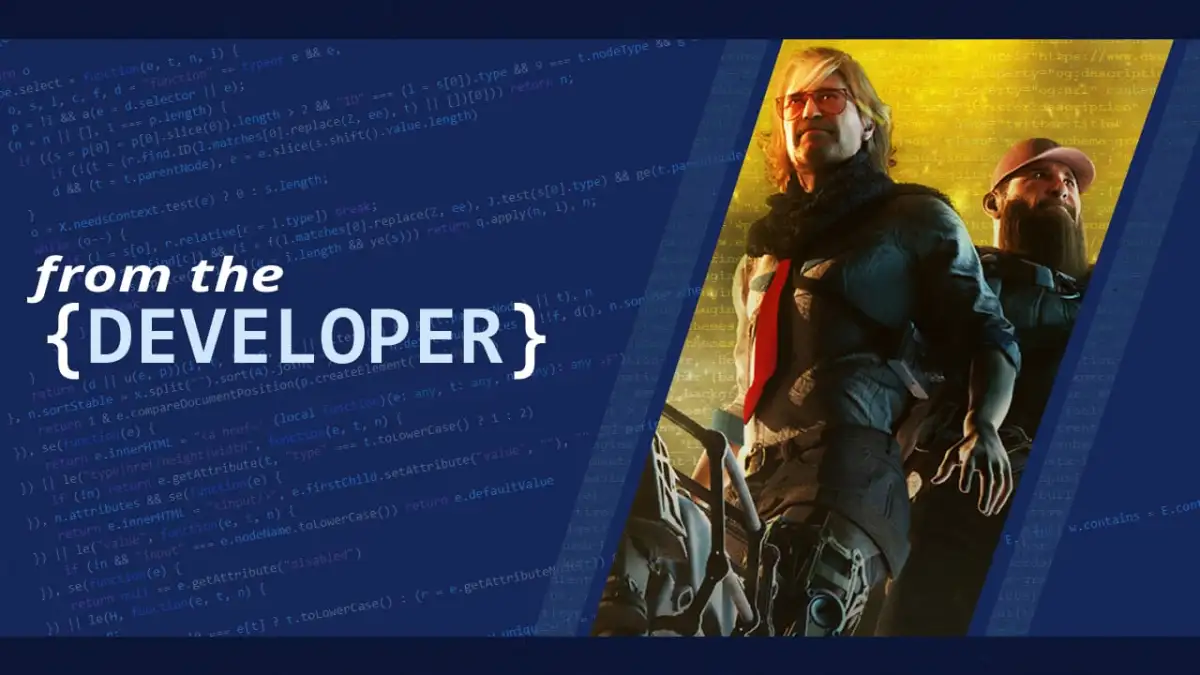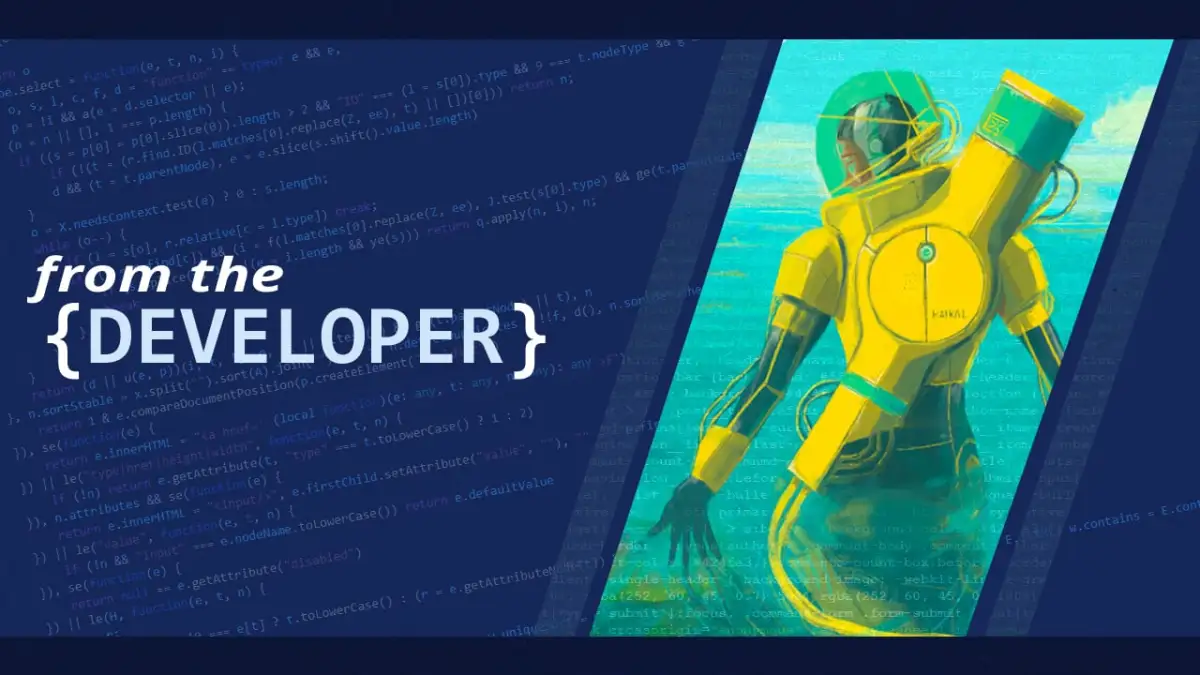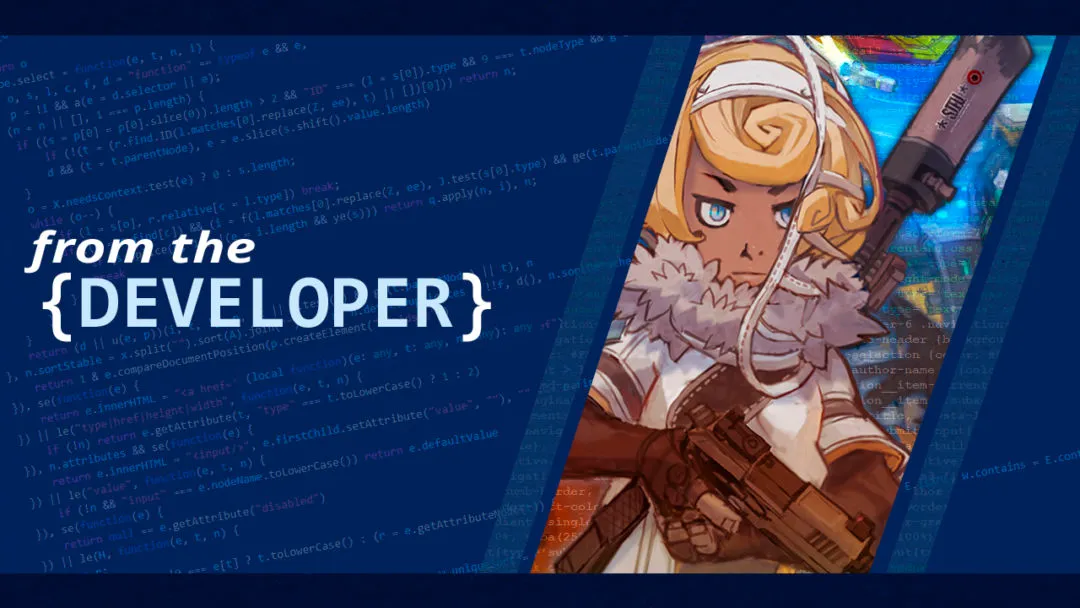This piece was originally sent to backers of Defense Grid: The Board Game’s Kickstarter. It has been copyedited for clarity.
I have gotten a few requests to do a write up on what happened with Defense Grid: The Board Game and why it was delayed for over a year from its originally planned release date.
Quick Note: Some of the date ranges below are to the best of my memory while typing this up on a business flight. They are a little rough as I don’t really have the time to look up exact times. Sorry about that.
TLDR: I made a game that bombed on Kickstarter, used it to get a major video game license, made that game, which was successful on Kickstarter, had nine months of delays due to the manufacturer being unresponsive, and lost tons of money making my passion project. But I am now shipping the game.
I am mostly sharing this because I don’t see myself making another board game at this time. Unless Defense Grid: The Board Game somehow does significantly better than expected (I estimate 2,000–5,000 lifetime sales), I cannot justify making another board game given in part how successful I have been and continue to be in the software industry. Honestly, I also am not sure I have another great idea for a board game that I personally want to make.
This was a passion project for me, one that cost a crap ton of money. After I have completed delivering everything I committed to, it will have lost me around $60,000-$80,000 not including the income I didn’t make for 3.5 years. If I sell out of my first run (about 900 units above the Kickstarter and BackerKit), I will at least mostly break even on game itself. That being said, I got what I primarily wanted out of the project. I wanted to make a board game, one that hopefully people will like. I made the tower defense board game I always wanted to buy myself.
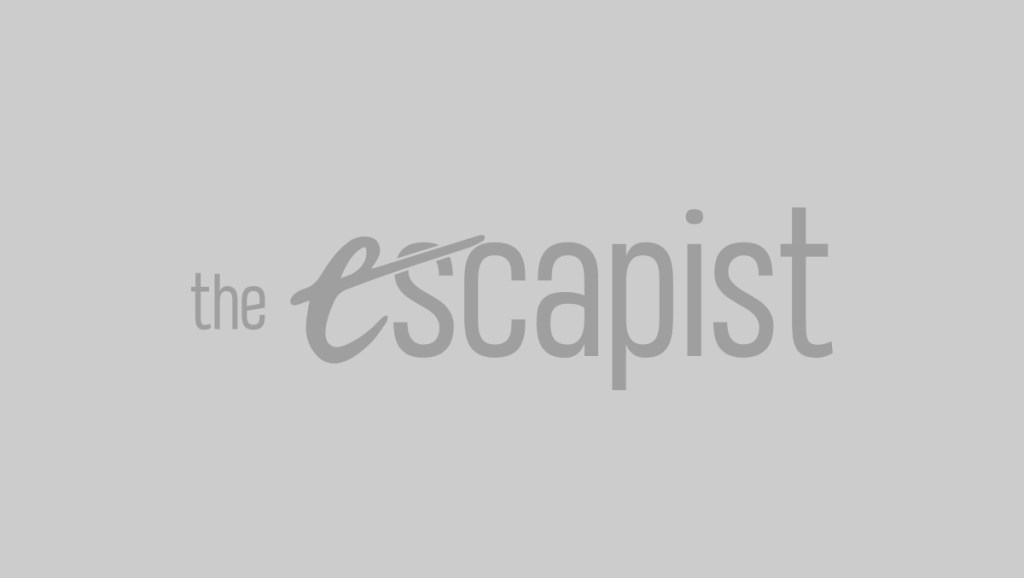
Hidden Path 1st Prototype Playtest – This is from our first prototype playtest with Hidden Path that lead to us acquiring the rights to use the Defense Grid brand with our board game product.
MECH DEFENSE – WHERE IT ALL STARTED
When Rico Hall and I finally decided to take making board games seriously, we listened way too much to the community’s desire for more legacy games. We built a pretty big tower defense legacy game called Mech Defense.
To put it mildly, this game was an utter failure for us. So much so, I almost stopped and went back to work in software shortly after the Kickstarter launched.
In hindsight, I am happy the game failed. It frankly was not that good of a game. A few of our playtest groups loved it, but most thought it was merely OK at best. If the game had been produced and delivered, I likely would have been happy I made a game that shipped. But I would have ultimately been disappointed I didn’t deliver something that I at least thought people might love.
Mech Defense failed for a LOT of reasons.
- First and foremost, I suck at marketing and sales. I still do. I cannot promote my own products almost at all. When Mech Defense launched, almost no one knew about the game. Even the people who helped playtest it often didn’t know we went to Kickstarter. The game was too ambitious with too little quality. The map and mech art was amazing, but the rest was meh and the components were pretty cheap overall.
- We were a first time publisher and (rightfully so) no one wanted to commit to such an expensive product, a legacy product at that, without a record or something else backing it.
- We actually asked what it would likely have cost us to do a run of the game (this is a dirty little secret of board game Kickstarters). It was about $80,000 to produce a 2,000 unit run.
GETTING THE DEFENSE GRID LICENSE
Despite Mech Defense being a critical failure, it did have one shining big moment of awesomeness. Mech Defense got us in the door with Hidden Path Entertainment.
Back in February 2015, I had contacted Hidden Path about possibly licensing Defense Grid for Mech Defense. The reply was one line that basically said, “Get back to us when you have something to show.” I took this very seriously.
About one month before we launched the Mech Defense Kickstarter, I pretty much knew it was going to fail. I had not built any audience, and it was showing in activity regarding the upcoming Kickstarter. All the promotion I was trying was failing. I still had hopes of success, mostly hinging on some BoardGameGeek ads, but I truly knew what was coming.
So, I contacted Hidden Path again and basically said “Hey, I have a tower defense prototype we are planning to bring to Kickstarter next month. Can we show it to you and see if you might be open to us using the Defense Grid brand for a future product?”
Much to my surprise, they said yes. Just a couple days later, we were in HPE’s offices showing them Mech Defense.
We had an amazing meeting where they made a few observations.
- Mech Defense was the first tower defense board game they saw that actually played and felt like the tower defense genre they knew and loved.
- It was waaaaaaay too complicated of a game for the Defense Grid brand.
- They saw enough positive in the game, me and Hall that they were willing to consider licensing Defense Grid to us, something they said they had refused to do for many other board game publishers over the years.
We had about 2 to 3 months to convince them to license it to us.

Alpha Prototype – Pre-Art Prototype we used for most of our playtests. This was made shortly after the April 2016 announcement of the licensing agreement in coordination with Hidden Path Entertainment.
Even while our Kickstarter for Mech Defense was launching and running, we were already working on a Defense Grid: The Board Game prototype. If I didn’t get this contract, my dreams of making a board game were over. I had already had the discussion with my wife and that was the condition for me spending two more years making games. After all, I had already burnt through most of what I saved up to make a game on Mech Defense, so now I would be eating into her income and potentially some of our long-term savings to pull this off.
We dove right in and iterated fast. We went through at least a dozen different major prototypes in a month before settling on a design we thought would at least show mechanics that could evolve into something that would make HPE happy and represent our knowledge and passion for their brand.
At roughly the six-week mark, we took two copies of the prototype to HPE’s office and they loved it. It had no art and used giant spinners to track HP and shields on aliens. It had no randomness and was almost 100% predictable in every outcome. But they had fun. At one point, Hidden Path CEO Jeff Pobst commented, “We are all standing up. This is a good sign for you guys!”
I will never forget the feeling that struck me when he said that. This was now a thing that could happen. I was going to be able to use my favorite video game series to make a board game.
CONTRACT
Next was basically four months of making small changes to the prototype while negotiating the licensing contract with our lawyers and Hidden Path. I had a few requirements in the contract that were meant to handle my own weaknesses.
- HPE would use their social media presence to promote the product for Kickstarter and final release.
- HPE would use any email lists they had to promote the game at a few specific times.
- HPE would create the logo for the game.
- HPE would provide us with all 2D art for the game, including user interface elements, and all 3D models and associated texture files.
They also had a few key requirements:
- We had to demo (or offer to demo) at least monthly so they could watch progress.
- They were allowed to sign off on major milestones.
- If they didn’t like where the product was going, they could pull the plug at any time, even right before we went to Kickstarter.
- Some business-related timing concerns based on other announcements they were making.
- A guaranteed minimum we had to pay for the license.
- Term of license along with extension options.
- Definition of product including the core game and expansions.
- Royalty rates.
We finally signed the contract in early January 2016 and worked with HPE to formally announce the product in April 2016.
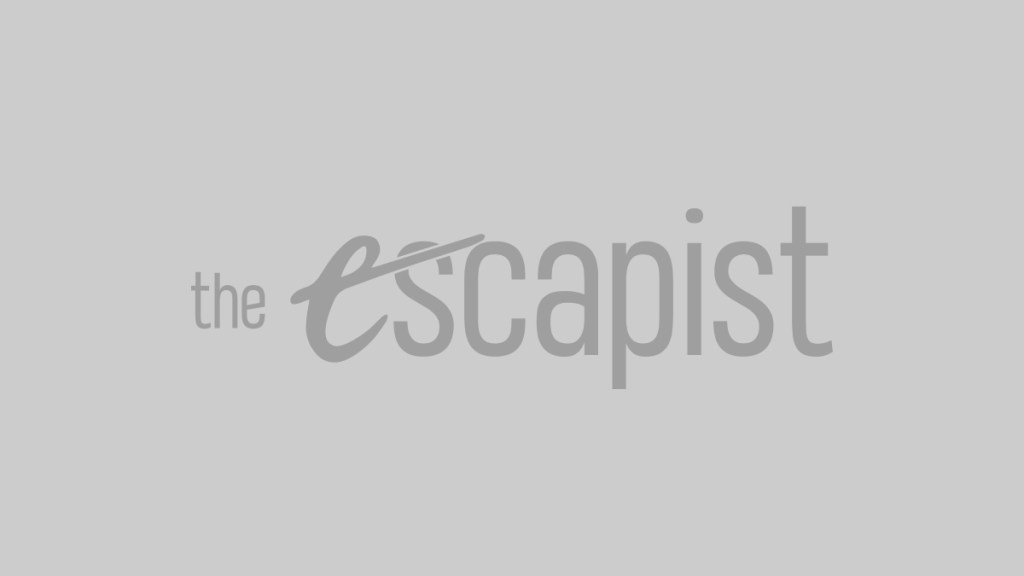
GenCon Prototype – Our main prototype we used for GenCon 2016 Playtesting in the Double Exposure Playtest booth.
HARD WORK BEGINS
So now we had a license and a rough framework of a game, but we had to make a game that we could actually sell, would be fun to play, and would do justice to the Defense Grid brand.
At this time, I decided to go with either Panda Game Manufacturing or Liya International. Both had made some amazingly high quality games using extremely high quality components, which we knew we would have to do to keep the Defense Grid license. They were also both exceptional at being able to produce high quality and complex miniatures.
I contacted both of them because we also knew we needed miniatures for at least the towers. They were a big part of the Defense Grid brand and we had to make them awesome. This is when we found out that the industry still hadn’t moved to being able to take just 3D models (like we hoped) and would need professionally done sculptures to make the miniature molds.
I cannot say how big of a “ohh shit” moment this was for us. This basically meant we were looking at $20,000 in up front costs just to go to Kickstarter. I was quite aware at this point that as a new publisher if I didn’t have miniatures prepared for manufacturing at the launch of the Kickstarter, no one would trust us that we could deliver them. We had to get hand sculptures done for all the miniatures and a small run produced to show they could be manufactured. On top of this, we needed an artist to take the mostly 3D Defense Grid art and turn it into stuff we could use on our map tiles and cards.
I was able to take some of the vector art and make stuff that was passable for our prototypes, but eventually we needed them professionally done.
Oh, and we had to actually make the game.
We spent close to eight months simply iterating on multiple designs for tracking HP and shields on aliens. Finally, around August 2016, we locked in on our pillar system. At this point we also realized that our game was going to be insanely expensive to manufacture. This was because every single alien, even if just a chipboard standee, would actually be a miniature from a manufacturing point of view.
By this point we had already playtested the game with over 1,000 people and were mostly locking in on our game system. The biggest bit we had locked in on was our card-based co-op play system. We knew we had to nail a great co-op experience, one where the players were constantly interacting around the table while playing. Much to our surprise, people took well to our concept of forced co-op play that required people to work together to play every single move in the game. Somehow, we also managed to avoid massive levels of analysis paralysis in the process.
Some of our iterations we threw out included:
- Flat alien tokens that worked like Zombiecide.
- Attack rolls that flipped the tokens once if damaged and removed them if they were already flipped.
- When a tower shot, a token was taken off the tower. If it damaged an alien, that token was placed on the alien . Each alien had a number of hits they could take.
- Players drew entirely new hands of cards each round. That gave each player “Energy Points” based on the point value of the cards in the corner. Each player then individually played the cards either for their abilities or spent the energy using a chart to power towers and attack with them
- Towers automatically attacked like in the video game, but each round players played cards to enhance some of the attacks or override their normal targeting systems.
Finally, around October, we had mostly settled on a system where you rolled a ton of dice (three to eight each attack). Each die had a 33% chance to miss, 50% chance to hit, and 16% chance of critting, which meant scoring two hits).
You then compared the total hits versus enemy armor, and if you exceeded armor, you dealt damage equal to how many hits you did above armor.
This was a ton of math, but we struggled to find a better solution.
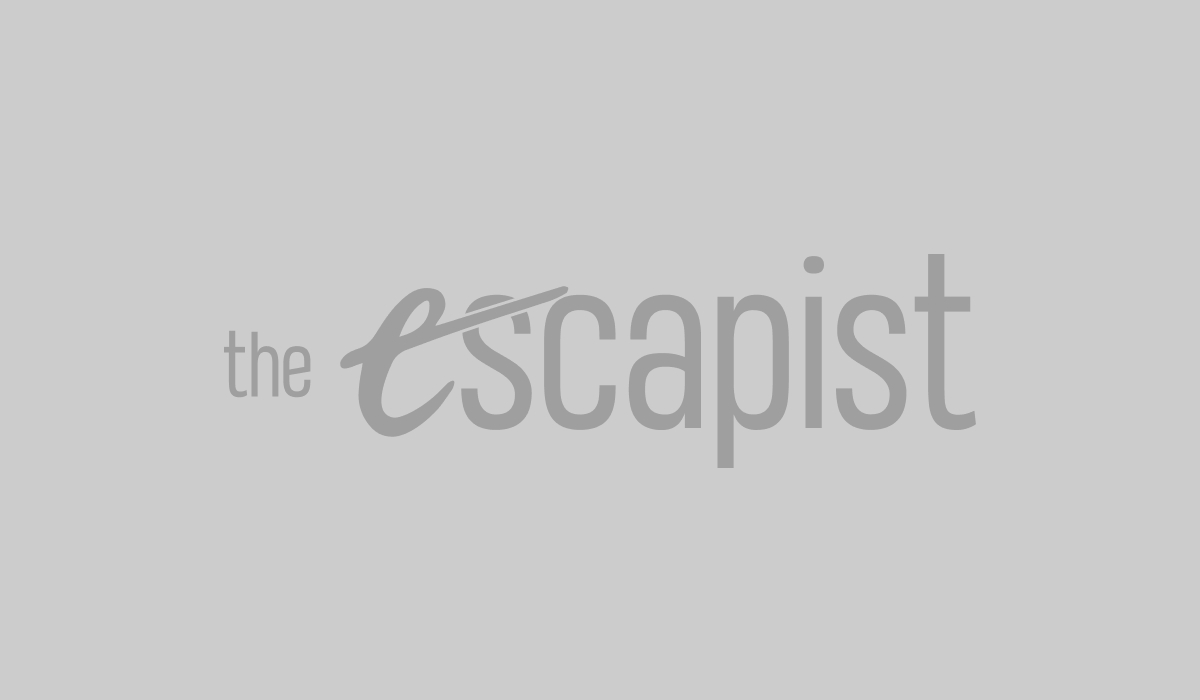
Penny Arcade Playtest – After GenCon and about a month before our Kickstarter launched, we were invited to playtest at Penny Arcade’s offices.
FINAL GAME DESIGN
It was around this point that Pobst said he really liked where our product was, but felt we needed to get some more expert feedback from people that hadn’t seen the game. We had over 2,000 playtests under our belt, but most of them were random people at conventions and game stores.
Much to our surprise, he hooked us up with Jerry Holkins at Penny Arcade. I won’t go into a lot of details in this part, but suffice it to say he gave us some feedback that was far beyond any we had received up to that point or since. He was also quite funny while delivering the feedback.
His feedback resulted in the change where towers have a fixed base damage and players rolled significantly fewer dice and did significantly less math. It made the game more predictable, like a tower defense video game, but also kept some of the random aspects you need in a board game to keep it interesting.
About a month later, we knew we had the final core game done, but we only had two maps. It turns out it is really hard to build out an entire game without first having your mechanics 100% solid.
KICKSTARTER
Around November 2016 we decided it was time to plan our Kickstarter launch. At this point, we negotiated with both Panda and Liya and decided to go with Panda largely because it committed to having the capacity to make our game at a moment’s notice. Panda also had better instructions on how to submit components for production and was well known in the board game community for quality production. The final straw was that we could tell people not familiar with board game manufacturers to look through their game collections and find the games with a panda head next to the UPC code. Those were all games made by the manufacturer we chose.
At this point, we also basically stopped developing the game further and had to shift almost 100% to preparing for the Kickstarter.
Part of this was because, frankly speaking, if the Kickstarter failed we didn’t want to have wasted hundreds of hours building out, testing and balancing the rest of the game’s content.
The largest part was because I was 100% trying to get reviews, produce a good enough sample for Kickstart photos, get the miniatures ready for the Kickstarter, plan our booth at PAX South 2017 that coincided with the launch, and more.
This is when our first big glitch hit in early December. Our sculptor, who was already working on our minis, had to put them all on hold because another HUGE Kickstarter game he was sculpting for had messed up shipping their miniatures and they got damaged. He had to re-sculpt all of them so they could start manufacturing.
This eventually meant that we launched the Kickstarter with only examples of the towers and added the aliens over time.
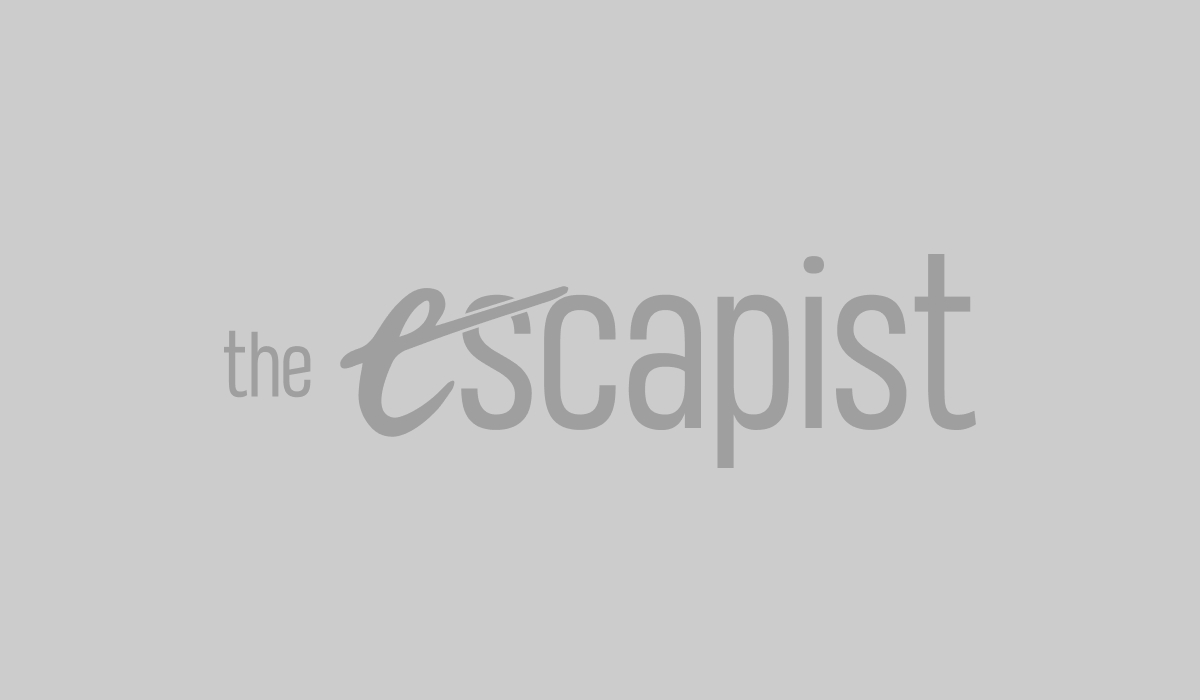
Tower Masters – After we received the final Tower sculptures from our artist, we had to have Metal “Masters” produced that were used in part to produce the final production injection molds at Panda. We also offered these as an add-on during the Kickstarter.
Speaking of the aliens, this is when we decided to do full miniatures for them, which was one of the worst decisions we made. We figured: “Hey, the standees are basically miniatures and Panda is telling us that making full minis will only add a few cents each, so let’s just go all in.”
While technically true, it turned out to be a ton more expensive up front. Our final playtests actually showed that people preferred to play the game using the standees with unit stats on them as opposed to the miniatures.
Needless to say, our Kickstarter went really well. HPE delivered about 300 of our backers, about 250 came from our Twitch stream on the Twitch home page (I organized this), about another 200 came from BGG advertising (never do a contest there, it is worthless), and the rest mostly came from word-of-mouth on sites like Facebook.
KICKSTARTER DIRTY SECRET
Gamers are used to seeing Kickstarters with tons of minis asking for $20,000 to $40,000. To put it mildly, this is 100% bullshit. We knew as much when we asked for $30,000. Our game cost over six figures to make and we expected it would going into the Kickstarter. I am blessed to have gone from a GED to making over six figures per year, so I wasn’t worried about being able to make the game, but this has made me really nervous about backing most Kickstarters with miniatures.
We ended up with just over $80,000, so we knew the Kickstarter would fund most of the game, which actually rocks. We are so happy to have gotten so many people’s support.
THE FIRST THREE MONTHS AFTER KICKSTARTER
These were rough in two ways.
First, we had to finish the game. This required a ton of playtesting, balancing and tweaking. It was some of the hardest work I have done in my life. A big part of the reason why was because this was personal. I didn’t want to just deliver a game, I wanted to deliver a game I at least thought people might love. I may be wrong, and I may end up finding out that I have no sense for what makes a “fun game,” but I will be damned if I didn’t try my best.
Part two was starting manufacturing.
This was when my first major alarm bells started going off. I repeatedly tried to get ahold of Panda, and kept hearing nothing. All I was trying to do was get an address to ship the miniature sculptures to so they could start making the molds.
Finally, in late April, we heard back and we mailed them off. Shortly after, they confirmed receipt and said they were going to start making the molds right away.
APRIL to AUGUST 2017
During this time, Panda went entirely AWOL. We couldn’t get ahold of them at all. They had all of our miniature sculptures. We had a complete game, but we couldn’t make progress on finalizing art for manufacturing or planning release.
I started talking with our sculptor, and he offered to make fresh sculptures of everything at no additional cost if we didn’t hear back by around December, when he had some free time. We were shitting bricks.
Finally, I was able to walk through contacts I had and I got ahold of another project manager at Panda that was able to hook me up with a vice president that apparently was the boss of my project manager. This led to a few weeks of meetings trying to figure out WTF happened while also trying to get things going again. This alone caused six months of our delay. Without this, we likely would have shipped around July 2018.
We were once again told work had now started on the molds for the miniatures.

Final Prototype – This was our final hand-made prototype using all the official art and other assets before Panda began full production.
AUGUST 2017 to OCTOBER 2017
There was a ton of progress during these months. I had a lot of communication with the project manager and he helped get all of the paper materials and PDFs prepared for manufacturing.
I learned a lot of stuff that frankly I should have figured out myself ahead of time, and had to rework a bunch of art to use “true black 100%” and other small details like handling bleed properly on the chipboard components. I caused about a two month delay in release as a result of inexperience.
During this time, we also received the updated map art from our artist using the actual 3D models to create the 2D art.
We decided that my vector art manipulations, while good enough for the rules book, weren’t working for the cards. So we hired the same artist to re-do our card art. We also recognized we were a few months from needing to submit the cards, so we shelled out quite a bit of extra money and had him do some unique art for each playing card to make them look even better. Since this art would now be associated with the Defense Grid brand, we had to get it approved with HPE as well.
NOVEMBER 2017 to JANUARY 2018
Around late October, I once again asked about progress on the miniatures, and once again stopped hearing back. I started escalating again in December and by mid-January I finally had things moving again.
Much to my extreme frustration (I was literally running around the house screaming at this point), Panda had still not started making the molds for the miniatures.
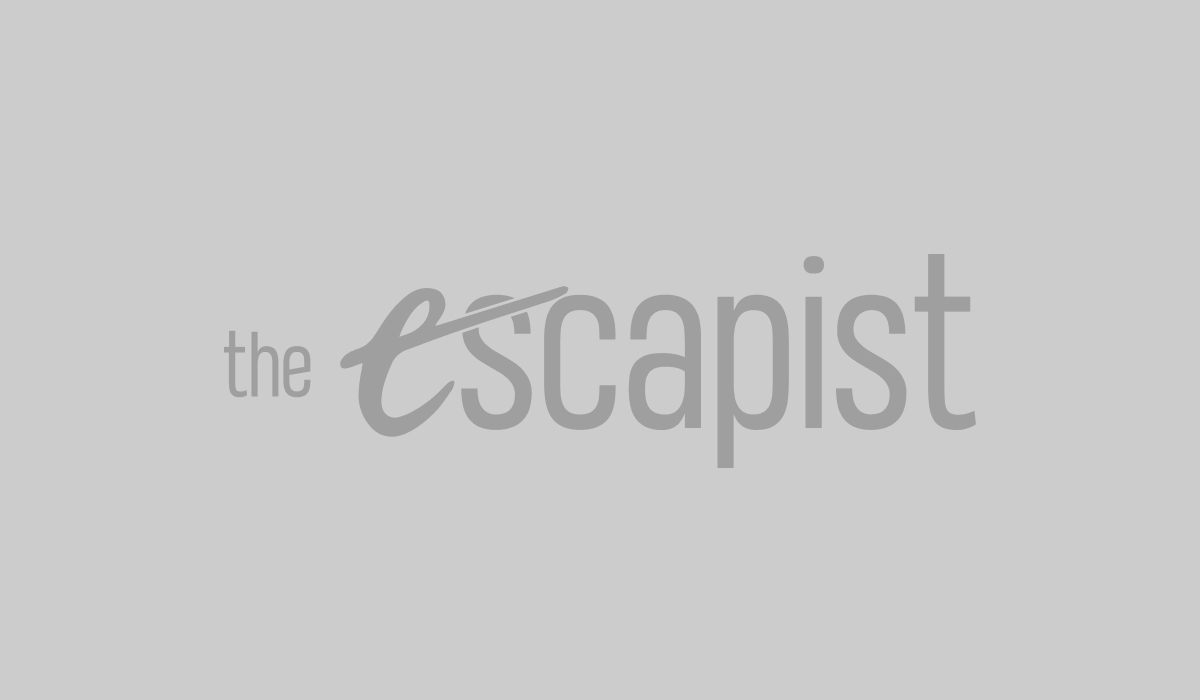
PPC Laser Cut – First sample that was used to verify that the diecut designs and bleed was configured properly for full production.
This is when we decided to increase the chance we could deliver at all, we had to cut down the complexity and remove the alien miniatures from the base product and replace them with standees. As a small, weird bonus, our playtesting after the Kickstarter, both internal and external, showed that the standees actually resulted in a better experience for most first-time players, but that was not the reason for the change. Up to this point, we were planning to include stickers in the box to put on some really thick bases for the aliens that contained the stats that are now on the chipboard pieces.
This was also when we learned that Panda (and most manufacturers) had switched to being able to work with 3D models. So, we were about one year early on a technological change that could have saved us over $10,000. Not really complaining, but heh.
JANUARY-FEBRUARY 2018
Once again, we made some great progress during this time. We got samples for all of the chipboard components and cards. We also got the 3D printed samples for the towers and alien standee miniatures. Things were going well.
MARCH-APRIL 2018
Once again, Panda went silent and we lost a solid two months of potential progress on the game.
During this time, I did a bunch of work on some new game products as well as the custom maps stuff.
MAY–JULY 2018
During this time, we had to go through multiple iterations on the main insert designs and other details.
Throughout the project, we had expressed to Panda we were aiming to deliver a premium experience with the game. We expected all components to be the top quality, everything to be pre-punched and sorted, and all minis to be pre-assembled. The biggest issues we had were:
- They didn’t pre-assemble the alien standees. They planned to ship 57 standee bases and 114 pillars in the box and require everyone to glue them together. I had to forward multiple emails proving I had requested they be pre-assembled in the box before they agreed to make the change.
- I had requested that each alien standee be put in its own molded insert spot to protect them in shipping. I don’t want backers getting broken pieces and I want players to be able to easily organize them so setup time for missions is reduced significantly. Panda just dumped them all in the box and then sent me an email saying they were worried they would break in shipping if they were pre-assembled. This is yet another time I literally let out a scream that would have woken the dead. This now meant more delays to make the mold I had requested over a year before.
- The box itself. With all the mold changes, I had to keep redoing the box art. At one point, Panda had produced a couple hundred boxes and assembled them only to have to redo them because of the alien standee inserts.
AUGUST 2018 – TODAY
Honestly, this has been uneventful, which is a nice change. Hall and I took a hard look at both of our projects we were working on and decided that:
- The main one would likely take at least 18 months to get ready for a Kickstarter since it’s an amazingly complicated game. We couldn’t justify this with no income.
- The other one was a political themed card game that likely would have pissed off everyone. This might have made it sell well, but we didn’t want to risk the impact it might have had on Defense Grid: The Board Game sales and our relationship with HPE.
So, we both went out and got normal jobs again. If Defense Grid: The Board Game greatly exceeds our expectations, we hope to deliver the three expansions we have planned for it and are allowed to make contractually. This will likely require more than 5,000 total sales to justify.
If it sells even better than that (15,000 to 20,000), we plan to have Hall return to working full-time on re-working Mech Defense into a replayable tower defense legacy game we think we could justify making with the credibility we will have built with that kind of success with Defense Grid: The Board Game. It would likely be around $150 – $200 at launch, but would be a legacy game that you could fully reset without having to buy anything new. Apparently, we just cannot do anything half-assed.
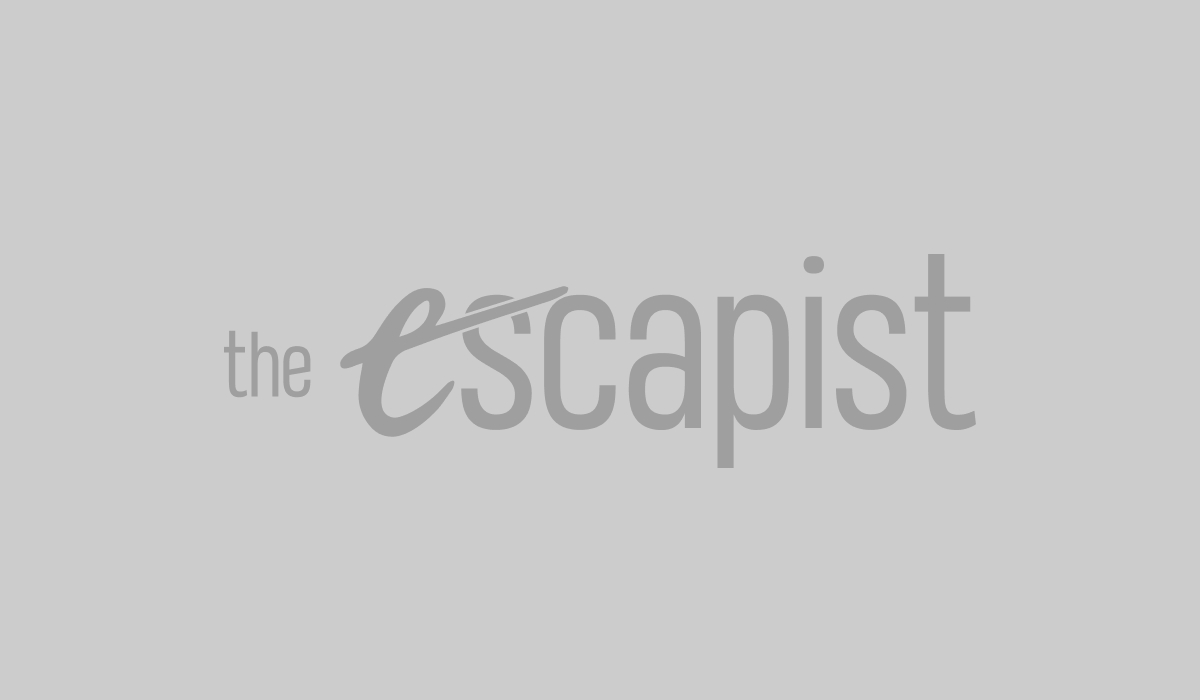
Final Product – Picture of the very first copy we received off the production line.
Thanks for the long read. As always, if you have any questions, I am happy to answer within reason (some contract stuff and personal stuff I cannot address).
I know I threw Panda under the bus a here, but it was bad enough that they gave me a formal apology letter I had posted on my Kickstarter.
That being said, as weird as this may sound, I am mostly happy I went with Panda except for the delays. The end product is what I originally envisioned getting from them and why I chose to go with them. I would happily work with them on another project in the future if I was making one, I would just demand to have a different project manager assigned to any future projects.


